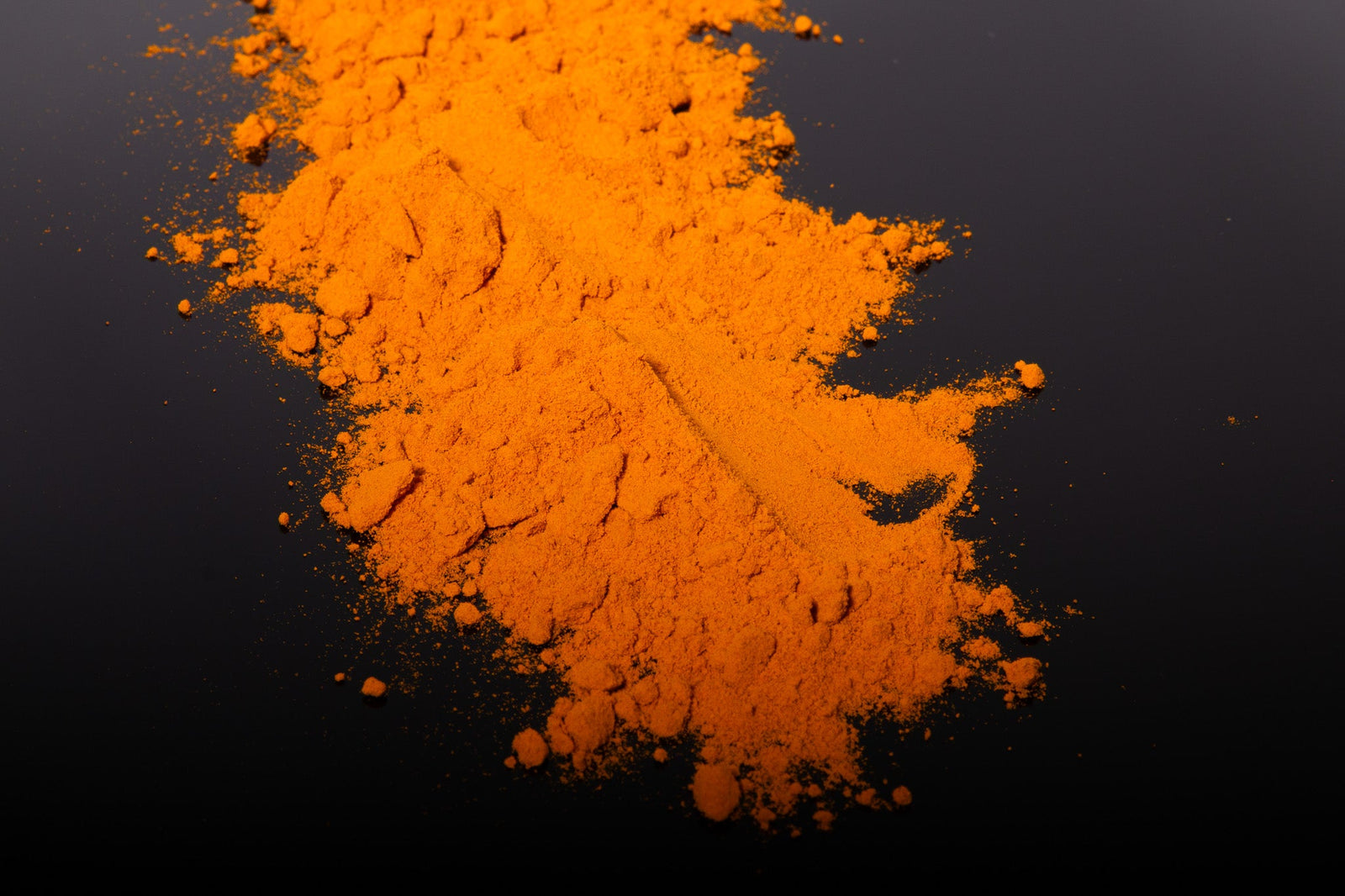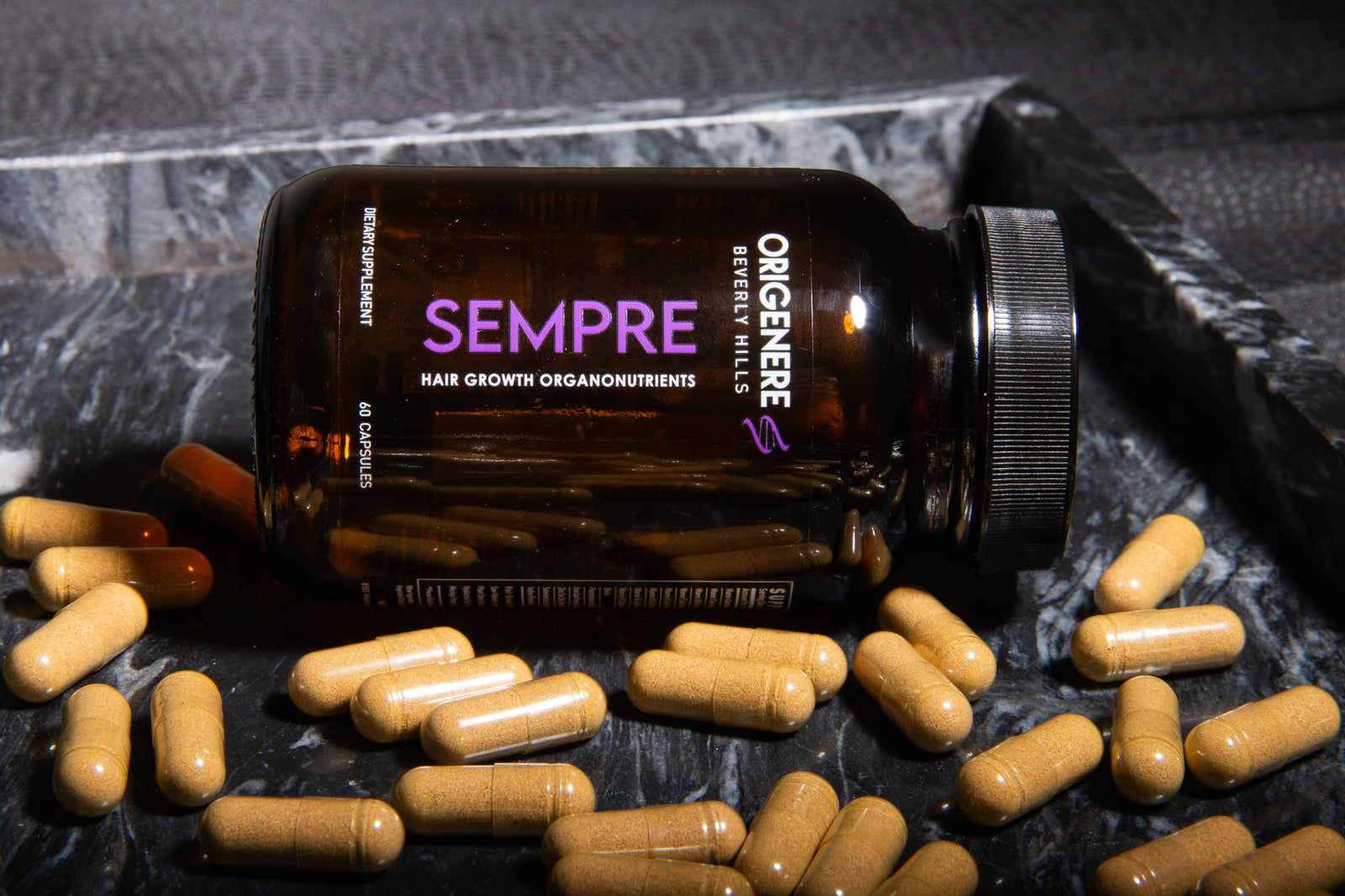Botanical Brilliance: A Physician's review of Turmeric

Turmeric // curcuma
Genus: / Species: Curcuma / Longa
What’s in a Name?
Turmeric is a product from the rhizome (root) of the Curcuma longa plant, a member of the ginger family.
The name "turmeric" has its roots in medieval Latin, originating from the term "terra merita," which means "meritorious earth," referring to the ground spice's color and its valued properties.
The name "Curcuma" is derived from the Arabic name for both turmeric and saffron, "kurkum." The plant's scientific name, Curcuma longa, was established by Carolus Linnaeus in 1753, with "Curcuma" reflecting its historical and linguistic roots and "longa" denoting the long shape of its rhizome.
Historical Use
- Cosmetic Use
- Food Preservation
- Medicinal uses in Ayurveda and traditional Chinese Medicine
- Religious and Cultural Significance
- Culinary Uses
- Dyeing and coloring agent
Present Day Use
- Culinary Uses
- Medicinal Uses
- Dietary Supplements
- Natural Dye
- Cosmetics and skincare products
- Food Preservation
- Religious and Cultural Significance
Interesting Facts
- On its own, curcumin is poorly absorbed into the bloodstream. Consuming black pepper with turmeric can enhance curcumin’s bioavailability by 2000%, thanks to piperine, the natural substance in black pepper
- The main active ingredient in turmeric is curcumin, which has powerful anti-inflammatory effects and is a very strong antioxidant. However, the curcumin content of turmeric is not that high—it’s around 3%, by weight
- Curcumin has beneficial effects on several factors known to play a role in heart disease. It improves the function of the endothelium, which is the lining of your blood vessels, and has been shown to be as effective as exercise in improving endothelial function
- Curcumin has been shown to cross the blood-brain barrier and has the potential to lead to various improvements in the pathological process of Alzheimer’s disease. It's known to clear the buildup of protein tangles called Amyloid plaques, which are a hallmark of the disease
- Curcumin is a natural anti-inflammatory compound. It matches the effectiveness of some anti-inflammatory drugs, without the side effects making it promising in the treatment of inflammatory conditions

Phytonutrients:
The most notable phytonutrient found in turmeric is curcumin, but it also contains other compounds that play significant roles in health and wellness.
- Curcumin: The most active component of turmeric, curcumin, has been extensively studied for its anti-inflammatory, antioxidant, and anticancer properties.
- Demethoxycurcumin: This is a derivative of curcumin also found in turmeric, contributing to its anti-inflammatory and antioxidant activities. Demethoxycurcumin supports the body’s natural response to inflammatory conditions and has been studied for its role in cancer prevention and treatment, showcasing potential in inhibiting the growth of various tumor cells
- Bisdemethoxycurcumin: Another curcuminoid present in turmeric, bisdemethoxycurcumin, has shown promise in the treatment of Alzheimer’s disease. It helps in the clearance of amyloid-beta plaques in the brain, a hallmark of Alzheimer’s pathology. Its antioxidant properties also contribute to the overall antioxidant potential of turmeric
- Turmerones: Turmeric oil fractions contain turmerones, which have been identified to have neuroprotective effects. Aromatic (ar-) turmerones can influence brain health by promoting the proliferation of neural stem cells and showing potential in neural repair processes. This suggests a role in supporting brain health and recovery from neurodegenerative diseases
- Cyclic Turmerones: These compounds exhibit anti-inflammatory properties and have been studied for their effects on inhibiting certain enzymes and cytokines involved in inflammation. They contribute to the analgesic (pain-relieving) properties of turmeric and enhance its overall efficacy in managing pain and inflammation

Products: Turmeric is found in our Sempre Hair Growth OrganoNutrients:
Celebrate Turmeric’s many health benefits this weekend by making a Golden Turmeric Ginger Fizz:
This Golden Turmeric Ginger Fizz combines the earthy depth of turmeric with the spicy warmth of ginger, balanced by the brightness of fresh lemon juice.

Golden Turmeric Ginger Fizz Recipe:
Ingredients:
- 2 oz Gin or Vodka (based on preference)
- 1/2 oz Turmeric syrup* (recipe below)
- 1/2 oz Fresh lemon juice
- 1/4 oz Ginger liqueur
- 2-3 oz Club soda
- Ice
- A slice of fresh ginger or a lemon twist, for garnish
- A pinch of ground turmeric or a small turmeric stick, for garnish
Turmeric Syrup:
- 1 cup Water
- 1 cup Granulated sugar
- 1 Tablespoon fresh turmeric, grated (or 1 tsp ground turmeric)
Instructions:
Turmeric Syrup Preparation:
- Combine water, sugar, and turmeric in a small saucepan over medium heat.
- Stir until the sugar has fully dissolved and the mixture is simmering.
- Reduce heat and simmer for about 10 minutes to allow the flavors to meld.
- Remove from heat and let the syrup cool. Strain it into a clean bottle or jar. Store in the refrigerator.
Cocktail Preparation:
- In a shaker, combine the gin or vodka, turmeric syrup, fresh lemon juice, and ginger liqueur.
- Fill the shaker with ice and shake vigorously until well chilled.
- Strain into a highball glass filled with ice.
- Top with club soda and gently stir to combine.
- Garnish with a slice of fresh ginger or a lemon twist and a pinch of ground turmeric or a small turmeric stick.

Write Up:
Turmeric has always fascinated researchers and culinary enthusiasts alike for its health benefits and culinary versatility. Its historical names and etymology highlight the spice's significance in ancient trade, its valued use in traditional medicine, and its role in various cultures around the world.
South Asia and the Middle East use turmeric as a key ingredient in many cuisines. It's used for its flavor, color, and preservative properties. Turmeric gives curry its distinctive yellow color and has been a part of Indian culinary practices for centuries.
Its vibrant yellow color led to other historical uses including natural dye for textiles and other materials. This practice dates back to ancient times in various parts of the world, including India and Southeast Asia, where it was used to color robes, textiles, and even the body during certain rituals and ceremonies.
Turmeric has also been used in skincare and beauty products. In India, for example, turmeric pastes have been applied to the skin for centuries as part of beauty regimens, to improve the complexion and for the treatment of skin conditions. This practice takes advantage of turmeric's antioxidant and anti-inflammatory properties.
It has been used for thousands of years in Ayurvedic medicine in India and Traditional Chinese Medicine (TCM). It was utilized to treat a wide range of conditions, including pain, inflammation, digestive issues, and wounds. Its active compound, curcumin, is believed to have anti-inflammatory and antioxidant properties.
Today Turmeric continues to be used in all of these capacities plus more. Given its purported health benefits, turmeric is widely available as a dietary supplement. These supplements are marketed for various purposes, including supporting digestion, immune function, and overall wellness.
Turmeric and its main active compound curcumin are studied for their potential health benefits, including anti-inflammatory, antioxidant, and neuroprotective properties. Modern research explores its use in managing conditions such as arthritis, anxiety, metabolic syndrome, and even as an adjunct in cancer treatment. It shows potential in treating exercise-induced inflammation and muscle soreness, enhancing recovery and subsequent performance in active people.
Moreover, curcumin may help in the management of inflammatory and degenerative eye conditions, and it may play a beneficial role in managing depression and age-related chronic diseases. It has been shown to cross the blood-brain barrier and has the potential to lead to various improvements in the pathological process of Alzheimer’s disease. It's known to clear the buildup of protein tangles called Amyloid plaques, which are a hallmark of the disease.
While research continues to explore and validate the full range of turmeric's benefits, its widespread use speaks to its enduring value that transcends borders and centuries.
It's important to note that while these benefits are supported by various studies, more comprehensive research is needed to fully understand and confirm the efficacy of turmeric` in these areas. Additionally, always consult with a healthcare provider before starting any new supplement regimen, especially if you have existing health concerns or are taking other medications
Sources:
Prasad S, Aggarwal BB. Turmeric, the Golden Spice: From Traditional Medicine to Modern Medicine. In: Benzie IFF, Wachtel-Galor S, editors. Herbal Medicine: Biomolecular and Clinical Aspects. 2nd edition. Boca Raton (FL): CRC Press/Taylor & Francis; 2011. Chapter 13. Available from: https://www.ncbi.nlm.nih.gov/books/NBK92752/
Prasad, S., & Aggarwal, B.B. (2011). Herbal Medicine: Biomolecular and Clinical Aspects. 2nd edition. Boca Raton (FL): CRC Press/Taylor & Francis.
Kunnumakkara, A.B., et al. (2017). Curcumin, the golden nutraceutical: multitargeting for multiple chronic diseases. British Journal of Pharmacology.
Shoba, G., et al. (1998). Influence of piperine on the pharmacokinetics of curcumin in animals and human volunteers. Planta Medica.
Mishra, S., & Palanivelu, K. (2008). The effect of curcumin (turmeric) on Alzheimer's disease: An overview. Annals of Indian Academy of Neurology.
Aggarwal, B.B., et al. (2003). Curcumin: the Indian solid gold. Advances in Experimental Medicine and Biology.
Akazawa, N., et al. (2012). Curcumin ingestion and exercise training improve vascular endothelial function in postmenopausal women. Nutrition Research.
Aggarwal, B.B., & Harikumar, K.B. (2009). Potential Therapeutic Effects of Curcumin, the Anti-inflammatory Agent, Against Neurodegenerative, Cardiovascular, Pulmonary, Metabolic, Autoimmune and Neoplastic Diseases. The International Journal of Biochemistry & Cell Biology.
Hewlings, S.J., & Kalman, D.S. (2017). Curcumin: A Review of Its’ Effects on Human Health. Foods.
Aggarwal, B.B., Sung, B., & Gupta, S.C. (2010). The Role of Curcumin in Modern Medicine. Herbal Medicine: Biomolecular and Clinical Aspects. 2nd edition.
Ravindran, J., Prasad, S., & Aggarwal, B.B. (2009). Curcumin and Cancer Cells: How Many Ways Can Curry Kill Tumor Cells Selectively? AAPS Journal.
Hucklenbroich, J., Klein, R., Neumaier, B., Graf, R., Fink, G.R., Schroeter, M., & Rueger, M.A. (2014). Aromatic-turmerone induces neural stem cell proliferation in vitro and in vivo. Stem Cell Research & Therapy.
Liju, V.B., Jeena, K., & Kuttan, R. (2014). An Evaluation of Antioxidant, Anti-inflammatory, and Analgesic Activities of Essential Oil of Curcuma longa. Indian Journal of Pharmacology.





Leave a comment